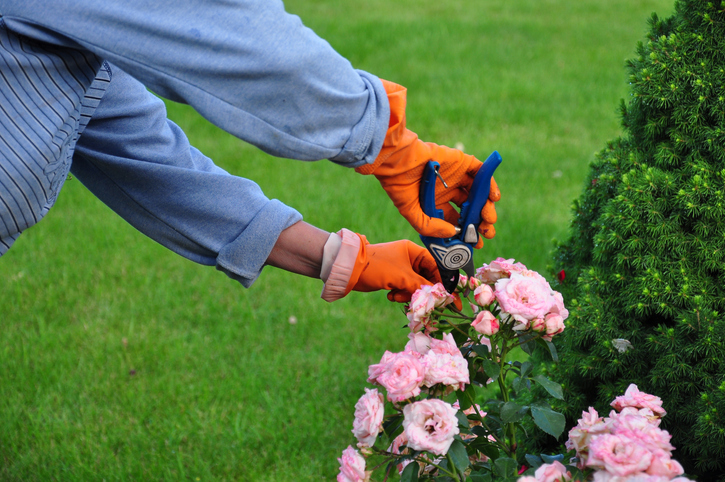The cooler weather may not be ideal for gardening, but it doesn’t need to be a deterrent. Here are some winter gardening tasks, so you don’t have to take care of them later.

Winter can be cruel on Australian lawns and gardens. That’s why it’s so important to make ensure lawns and garden stay healthy during this time. Australian lawns are usually warm season types, so they will generally go dormant during the cold months of Winter and are waiting for Spring to get growing again. So how do we prepare and protect our lawns during this time? Let’s have a look at some great tips to keep your lawn healthy and happy.
1: Make Way For Sunshine
As you know, Fall is another name for Autumn. It’s aptly named that because during this time, our deciduous trees shed their leaves. Fallen leaves can obstruct access to valuable sunlight for our grass blades, so giving your lawn a regular sweep and clear is important to maximise sun exposure for your lawn. You can even mulch up your fallen leaves and organic debris into a lovely mulch for your garden beds.
2: Weeding Out The Weeds
Weeds can be incredibly invasive and take out your lawn when not attended to. Regular weeding is important, especially in preparation for Winter, so that valuable nutrients, water, and sunlight are not stolen by the invasive weeds and left the lawn to struggle. Keeping on top of weeding is much easier than having to deal with the problem once it has become out of hand.
3: Amend Your Soil
Winter can bring a lot of rain. Lots of rain can also mean flooding, and lawns can become boggy and marshy, leading to grass health issues. Clay based soils can become compacted, which can also lead to problems. To combat this issue, aerating the soil will help to divert excess water and allow air into the soil. You can find rolling aerators for lawn on the market, or you can use a garden fork to poke holes in the soil. Holes should be between 4-6cm deep, and roughly 5-10cm apart.
4: Top Dress Your Lawn
Fertilising and top dressing your lawn is another great way to prepare for the colder months. Applying a slow-release fertiliser in Autumn will help to prepare your lawn for Winter, as it can keep it well fed for up to 3 months. Applying a top dressing of fertile soil will also help to keep your lawn nice and healthy. Concentrate on applying the top-dressing soil to any divots or holes, and make sure your lawn is as level as possible. This will also help water to evenly disperse, as opposed to gathering in certain areas and drowning the grass. Rake the topsoil with a garden broom or something that won’t damage the grass and soil to get a nice even coverage. Follow the first three steps before applying fertiliser or topsoil.
5: Clean Up
Sometimes, crops can’t be left in place. If plants appear diseased, pests and fungus-ridden before the season is over, it’s best to remove them for safety’s sake. Leaving these spent crops around the property will provide protection for the soil and reduce erosion. They can also provide a home for overwintering pollinators.
Preparing for Winter with these steps will give you lawn the best chance to stay healthy and be ready for Spring, when the real magic begins. Always keep an eye out for weeds, areas where water may be gathering and keep that lawn clear of leaves and debris.
Wherever you live, there are always steps you can take to prepare for next year’s gardening season. Taken now, these steps will not only help your spring and summer runs more smoothly, they can also improve your yields over the long term.
See you in the Spring!


